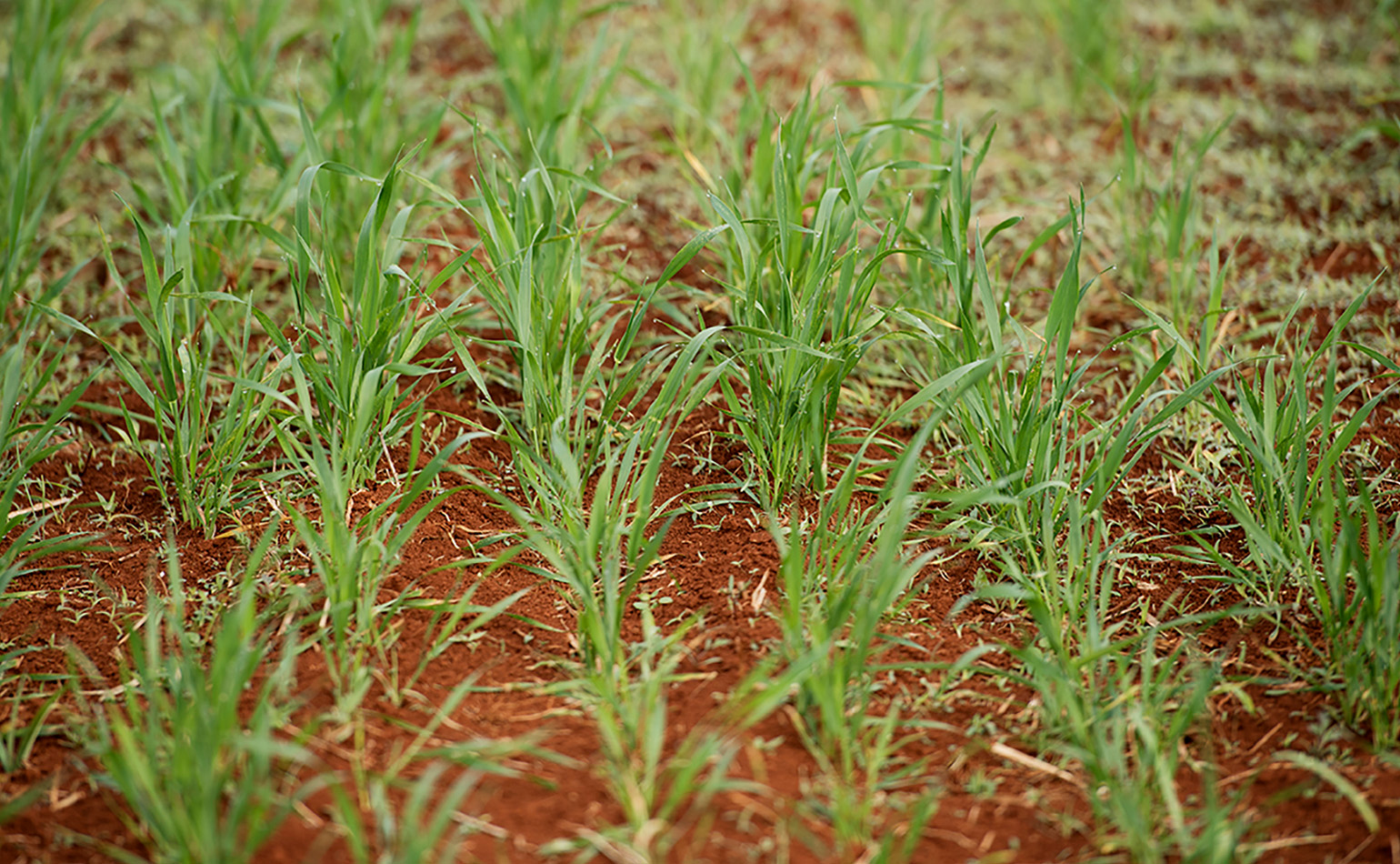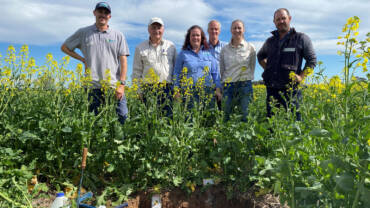Herbicide residues in soil
| Posted Mar 03,2022Project: Improved management of herbicide residues in soil
Project Leader: Dr Mick Rose, NSW Department of Primary Industries
Participants: NSW Department of Primary Industries, Murdoch University, Southern Cross University, WANTFA, AIR EP, Birchip Cropping Group
Background
Herbicides are an important tool for weed control in Australian broadacre agricultural systems, making up 80% of weed control costs in Australia. Many herbicides used today are designed to have residual efficacy – that is, they persist in soil for a number of weeks or months to give extended weed control.
However, under certain conditions, particularly drier-than-average seasons, this persistence can pose a risk to subsequent crops. The herbicide product label gives broad recommendations about when it will be safe to plant a following crop. Growers and consultants are interested in additional tools to help them understand when, where and which herbicides are persisting in soil beyond the label guidelines, and how any herbicide residue damage can be avoided.
Update
In this Soil CRC project, we have been investigating the potential for sampling and analysis of herbicide residue concentrations in soil to help inform decisions on which crops can be safely planted.
Soil analysis for herbicide residues can be performed through commercial laboratories, however, interpretation of the resulting numbers can be challenging for several reasons. First, there are very few publicly available crop toxicity thresholds that can be used to assess the soil residues concentrations. Second, herbicide bioavailability in different soils depends on the physicochemical properties of both the soil and herbicide of interest, and toxicity thresholds will vary depending on these relationships.
With input from the grower groups involved in this project, we initially identified four ‘priority’ herbicides that growers wanted to know more about potential residue carry-over from one season to the next. These were imazapyr, clopyralid, diuron and pyroxasulfone. We conducted numerous dose-response bioassays for the seven winter grain crops exposed to residues of these ‘priority’ herbicides in different soil types.
We have now determined the toxicity threshold values for these crop-herbicide combinations and demonstrated that the soil-specific threshold can be predicted through an understanding of the sorption behaviour of each herbicide in the different soils.
A pilot study prior to sowing in Autumn 2021 measured the concentrations of priority herbicides in soil samples taken from 15 different grower paddocks and reported back potential risks of herbicide residues, based on our laboratory and glasshouse studies.
Growers were very positive about the results, as they were able to quantify not only the soil herbicide residue levels, but also interpret what the number meant in terms of risks to crops.
The framework used here can be used to derive toxicity thresholds for other priority herbicide-crop combinations prone to carryover damage. We anticipate publishing and disseminating new data at the conclusion of the project in April 2022, but in the meantime, further information is available in the links below or you can email mick.rose@dpi.nsw.gov.au.





